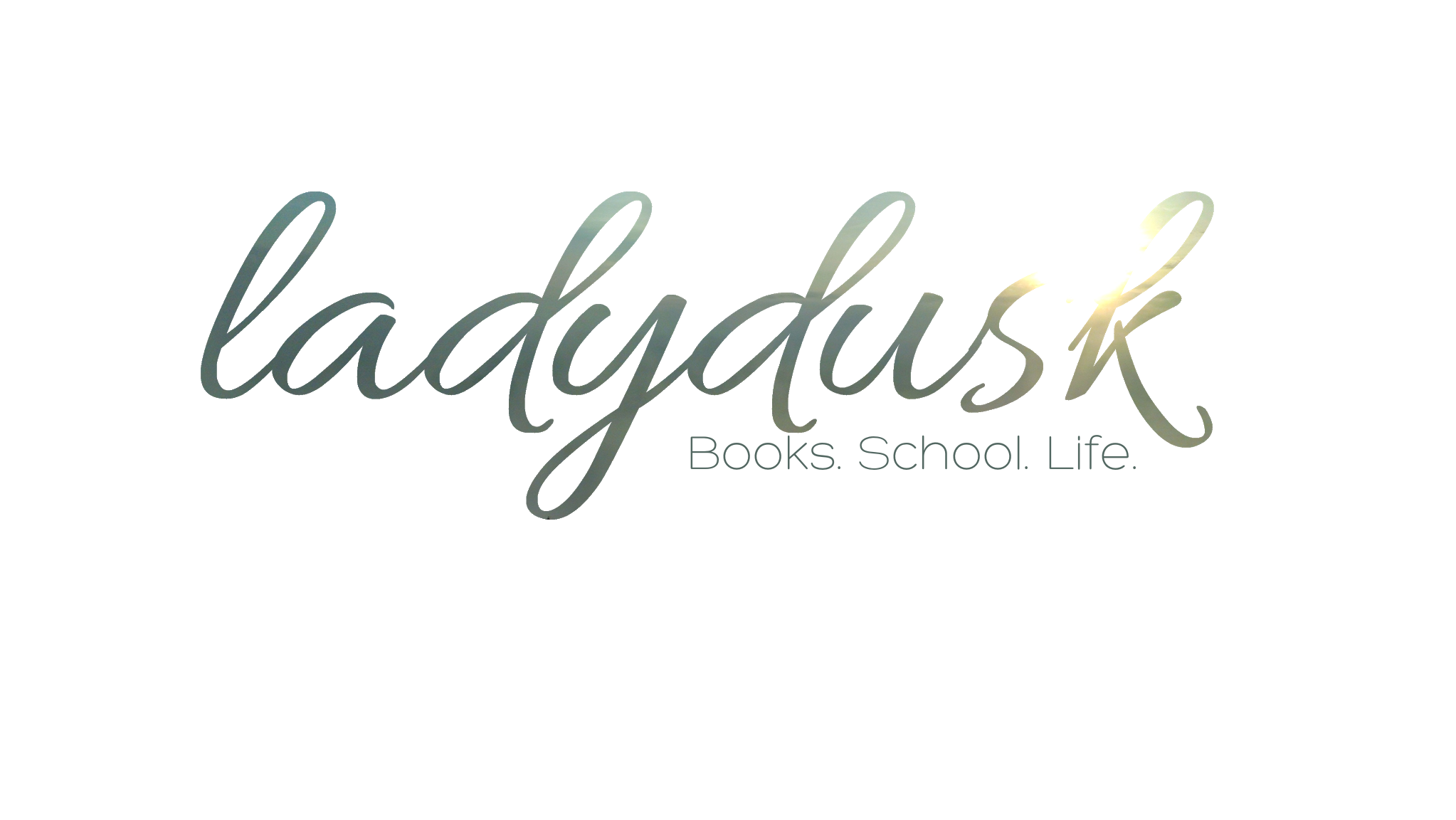Review: Refractions: A Journey of Faith, Art, and Culture

Refractions: A Journey of Faith, Art, and Culture by Makoto Fujimura
My rating: 5 of 5 stars
I really loved this. I set it as my “Sunday book” that I saved and savored on the Lord’s Day. I’m glad I did so.
Makoto Fujimura has written a brilliant book of essays about the intersection of faith art and culture (no commas, on purpose). These essays begin with September 11 and finalize with considering the published writings of those who experienced the Iraq and Afghan war(s) in the aftermath of those attacks.
At first, while I enjoyed each individual essay, I didn’t have the view of how everything fitted together. The second to the last essay, on his experience viewing Leonardo’s The Last Supper in Milan, provided the key,
As an artist, I naturally try to identify the source of light in a painting because I know that artists often use light to reveal what they want the viewer to see. When looking at this painting, it would be easy to assume that the light is coming from behind, from the windows through which we see a Renaissance landscape. But the source of light in this painting is actually in the face of Jesus reflecting on all of the disciples but Jesus, who is underpainted with black and denied a brightened countenance. (pg 149, emphasis mine)
He also, in that same essay, says
To Leonardo, such a foundation was immediately accessible. In order to paint as he did, he had to be convinced of a center that holds.
So who is at the center? Where does the vanishing point end?
It ends on the forehead of the Savior. (p 155, emphasis mine)
Every essay is Fujimura seeking the light on the shards of what was shattered. The light of Christ glints, refracted, on angles of broken glass. He helps to give us eyes to see Christ in dance and music, architecture and wrapped buildings, art of our day and days past. To see the light glinting in Japanese culture, China, and the US. The shards are small and large, flat, and angled, imprecisely sized and fitted together. They aren’t polished gemstones cut just so to reflect light perfectly. Our world post 9/11 … post WW1 … post the Fall … is more like shattered glass that the refractions go every which way and the light that can be seen is not always clear or straight on – but we must move and look to find it. Fujimura shows us how to do so: to sit under and receive.
By doing so he helps us appreciate what artists do even when it isn’t Christ they’re trying to promote, even when he isn’t purposely the center holding things together.
Art is an inherently hopeful act, an act that echoes the creativity of the Creator. (p 69)
Highly recommended. I think it’s my favorite book of the year so far.
